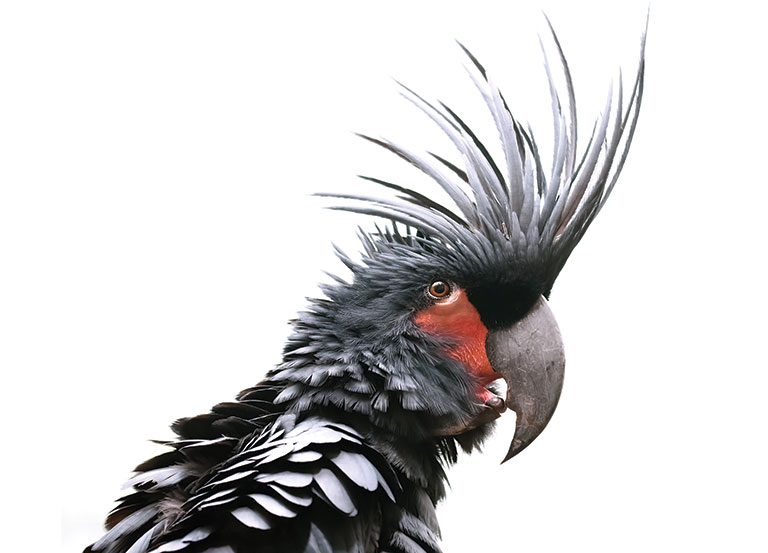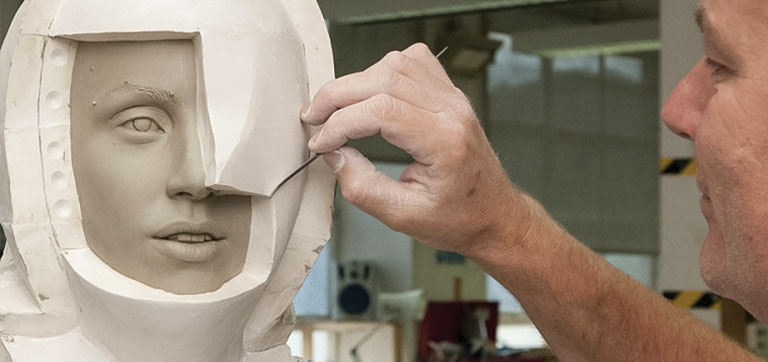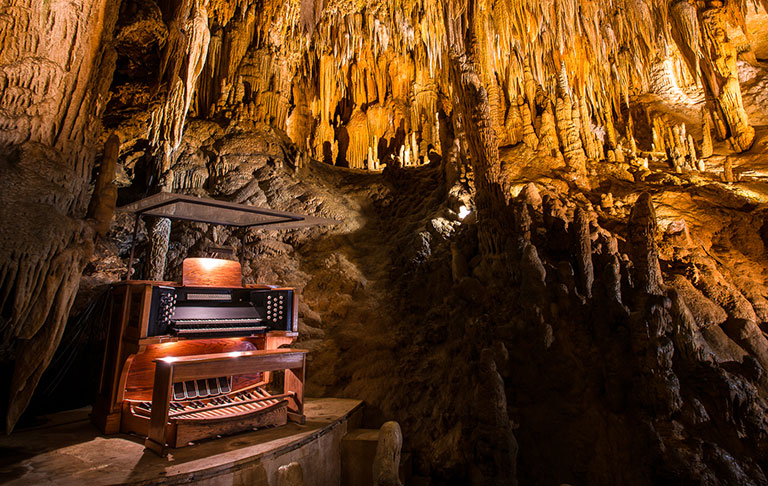1

New Guinea’s male palm cockatoos are the Ringo Starrs of the avian world. They court females by fashioning drumsticks from twigs and then perform drum solos on hollow trees.
2

The flu pandemic of 1918-19 that infected roughly a third of the world’s population, known as the “Spanish flu,” likely didn’t begin in Spain at all. The association came because Spain, which was neutral during World War I and didn’t censor its news, was first to report the spread of the disease while news outlets in countries involved in the war did not report on it.
3

The process of creating a lifesize wax double at Madame Tussauds takes more than 800 hours, and celebrities being portrayed often help by providing their body measurements, dental records, and eye color.
4

Some of the world’s most famous organs can be found in churches, cathedrals, theaters, and even municipal buildings. But one of the largest is buried deep inside a limestone cavern in Virginia. Using rubber-tipped mallets that strike stalactites scattered across 3.5 acres, The Great Stalacpipe Organ in Virginia’s Luray Caverns is believed to be one of the largest instruments in the world.
5

The Calder mobile that hangs at Pittsburgh International Airport won first prize for sculpture at the 1958 Pittsburgh Bicentennial International Exhibition of Contemporary Painting and Sculpture—known as the Carnegie International today.






